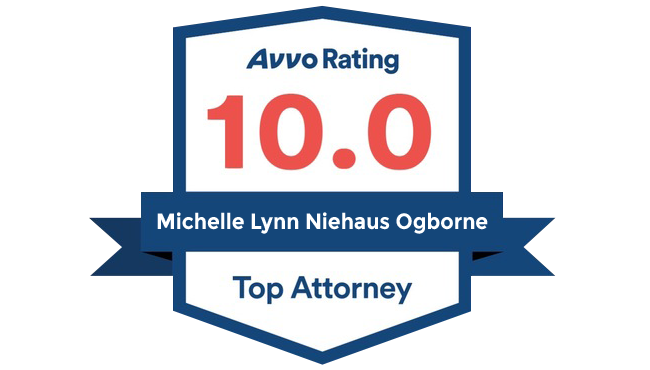5 Disadvantages of the Collaborative Divorce Process
The collaborative divorce process can be faster and less costly than a traditional divorce. When it’s over, you should feel better about beginning a new, single lifestyle rather than overly angry or remorseful. With collaborative divorce, you and your ex manage every outcome to best restructure your (and your children’s) lives. It’s a better way to divorce.
However, there are some disadvantages to collaborative divorce. Unlike what you often see in television dramas or read in the news, you won’t be embroiled in a bitter courtroom drama. You may have to make compromises, even sacrifices that you didn’t foresee. Consider the following five disadvantages you may experience with collaborative divorce.
1. You Must Ignore Your Feelings of Anger or Revenge
It is only human to want to “get even” with your ex. You may also feel angry at yourself for what you perceive as your failures within your marriage. You must accept that you are a good person and your spouse is a good person. The Arizona collaborative divorce process reinforces that belief and encourages respectful communication between all parties involved. Otherwise, the process will not be successful.
2. You’ll Need to Trust Your Ex and Be Equally Transparent
Trust may have been one of the issues that led to your divorce. That was then; this is now. The collaborative divorce process requires both sides to be forthcoming about assets and debts. You must have the attitude that you trust your ex to do the same as well. This is very difficult for many, but without it, you won’t be able to take advantage of the collaborative divorce process.
3. You Must Remain Honest, No Matter What
You have agreed to be honest and transparent in all matters related to the divorce. Being open and honest are hallmarks of the collaborative divorce process.
4. Your Attorney Won’t Tell You What to Do
Some people want their attorney to tell them what direction to take. This includes ways to win or to come out ahead with their divorce. Or you might simply feel clueless, not vindictive. You might simply not understand how the collaborative process works.
The collaborative divorce process involves the guidance of an attorney for each side, a communications coach (mediator), child specialist, and/or a neutral financial professional. These professionals are here to advise you and guide you through this process because they are helping you structure your divorce. It is uniquely structured for your situation with an eye on what’s best for you, your ex, and your family. They won’t help you fight and they won’t tell you how to win. Because, allowing someone else, especially a judge, to make life-changing decisions for your family is risky. The outcome could have negative impacts for many years.
5. You May Have to Start Over
If you can’t reach mutual agreements with your ex, you may need to hire another attorney. This may cause additional emotional and financial stress. Collaborative divorce attorneys may not be willing to participate in litigious divorces. Ask your attorney about this up-front, before you’ve built rapport and a relationship.
Working Together Takes a Lot of Work
The collaborative divorce process is not always an easy one. You and your ex must be prepared for rough spots. But if you can work together and overcome the challenges, the benefits of the collaborative process often outweigh the disadvantages.
Contact Ogborne Law to learn more about the collaborative divorce process and if it’s right for your situation.
Engaging with an attorney to protect your family is never an easy step. Whether you need to protect your family from the unthinkable or restructure your family through collaborative divorce, we’re here to help. When you’re ready to schedule a consultation with Michelle Ogborne, please visit the scheduling page to get started.







